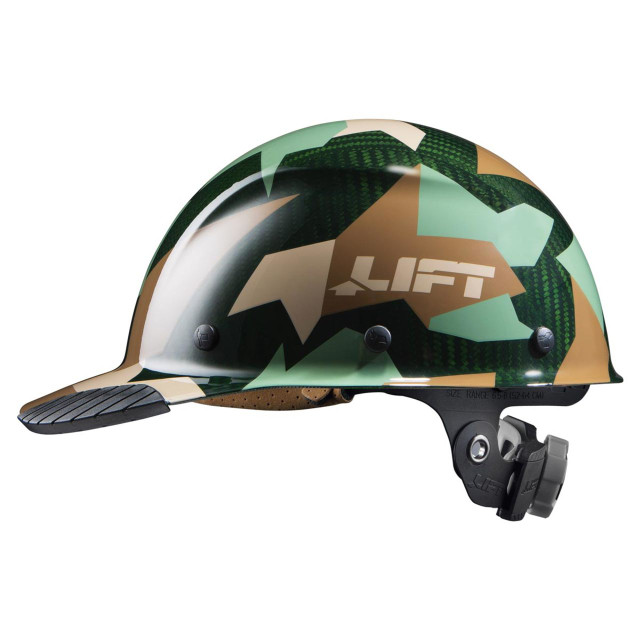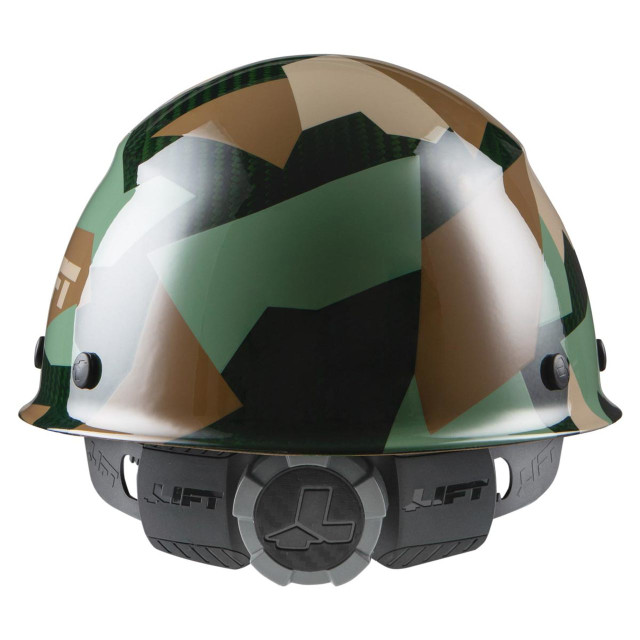Personal protective equipment (PPE), such as hard hats, is essential in promoting worker safety in hazardous work environments. However, simply providing PPE is not enough to ensure maximum effectiveness in reducing injuries. Proper training and education on the correct use and maintenance of PPE are equally important in promoting a safe work environment. In this blog post, we will explore the importance of training and education in ensuring proper lift hard hat usage, focusing on four key points.

Awareness and Understanding:
Training and education on lift hard hat usage promote awareness and understanding of the role of hard hats in protecting against head injuries. Workers who understand the importance of wearing hard hats and the risks associated with not wearing them are more likely to comply with safety regulations and use the PPE correctly.
Training should cover the specific situations where hard hats are required, such as areas with overhead hazards, areas with machinery or equipment in operation, and any other identified high-risk zones. Workers should also be familiar with the different types and classes of hard hats and the appropriate selection for their job duties and work environment.
By promoting awareness and understanding, workers can make informed decisions regarding their safety and take an active role in promoting a safe work environment.
Proper Fit and Use:
Training and education on lift hard hat usage should also cover proper fit and use. Hard hats that are too tight or too loose can compromise their effectiveness in protecting against head injuries. Workers should be instructed on how to select the appropriate size of hard hat and ensure a secure fit using the adjustable suspension system.
Workers should also be taught how to properly wear the hard hat, including the chin strap, to ensure that it remains in place during work activities. Proper use also includes avoiding using hard hats for storage or as a mount for tools, lights, or other equipment, which can cause them to become unbalanced.
By teaching workers how to properly fit and use hard hats, employers can ensure that their workers are maximizing their effectiveness in reducing the risk of head injuries.
Maintenance and Replacement:
Training and education on lift hard hat usage should also cover proper maintenance and replacement. Hard hats that are damaged, worn, or deteriorated can compromise their effectiveness in protecting against head injuries. Workers should be taught how to inspect their hard hats regularly for signs of damage or wear, including cracks, scratches, discoloration, or brittleness.
Workers should also be instructed on how to keep their hard hats clean and dry, as moisture or contaminants can reduce their safety capabilities. Hard hats that have been exposed to significant impact or electrical hazards should be replaced immediately, even if there are no visible signs of damage. Workers should also replace hard hats that have become discolored or brittle, as these may indicate degradation of the materials used in the hard hat.
By teaching workers how to properly maintain and replace their hard hats, employers can ensure that their workers are using PPE that is effective in reducing the risk of head injuries.
Continuous Learning:
Finally, training and education on lift hard hat usage should be viewed as a continuous learning process. Employers should provide regular refresher training sessions to reinforce the importance of hard hat usage and address any emerging safety concerns. Workers should be encouraged to provide feedback on the effectiveness of the training and any areas where improvement is needed.
Employers should also stay up-to-date on regulatory changes or advancements in safety technology that may impact lift hard hat usage. By fostering a culture of continuous learning, employers can ensure that their workers are equipped with the knowledge and skills necessary to promote a safe work environment.
In conclusion, training and education on lift hard hat usage are vital in ensuring maximum effectiveness of PPE in reducing the risk of head injuries. Workers who are aware of the importance of hard hats, understand how to properly fit and use them, know how to maintain and replace them, and engage in continuous learning contribute to a safety-conscious work environment. Employers must prioritize training and education to promote worker safety, provide regular refresher sessions, and stay up-to-date on regulatory changes and advancements in safety technology. By doing so, employers can create a culture of safety that benefits both the workers and the company.








